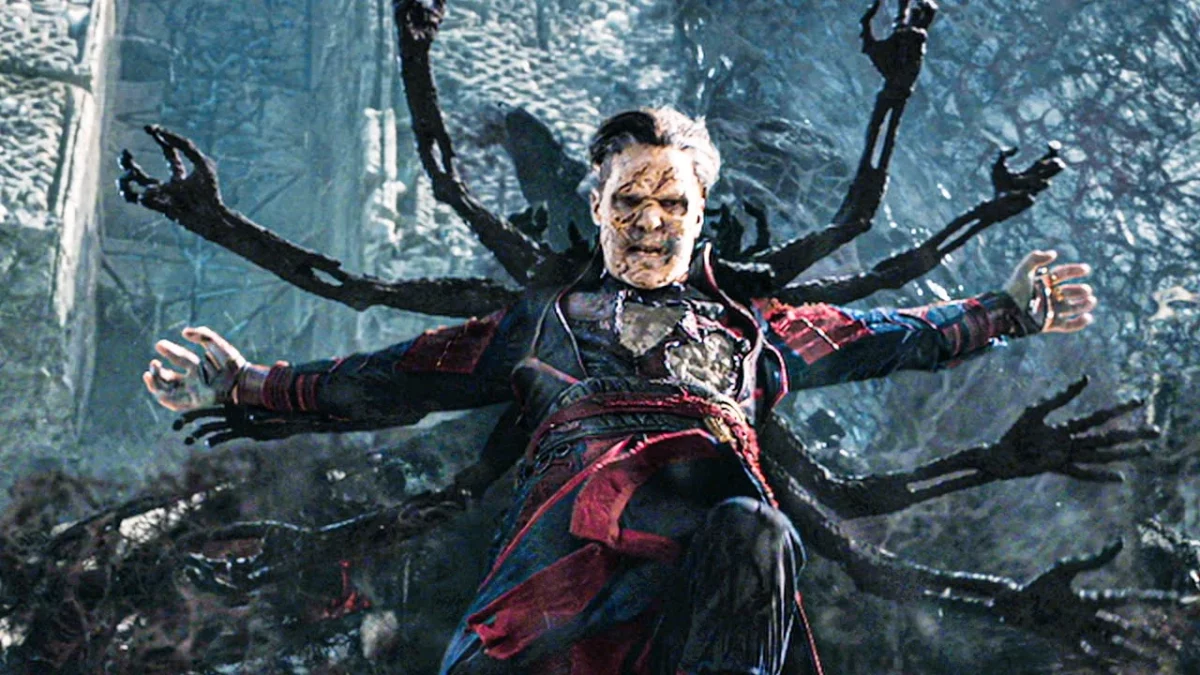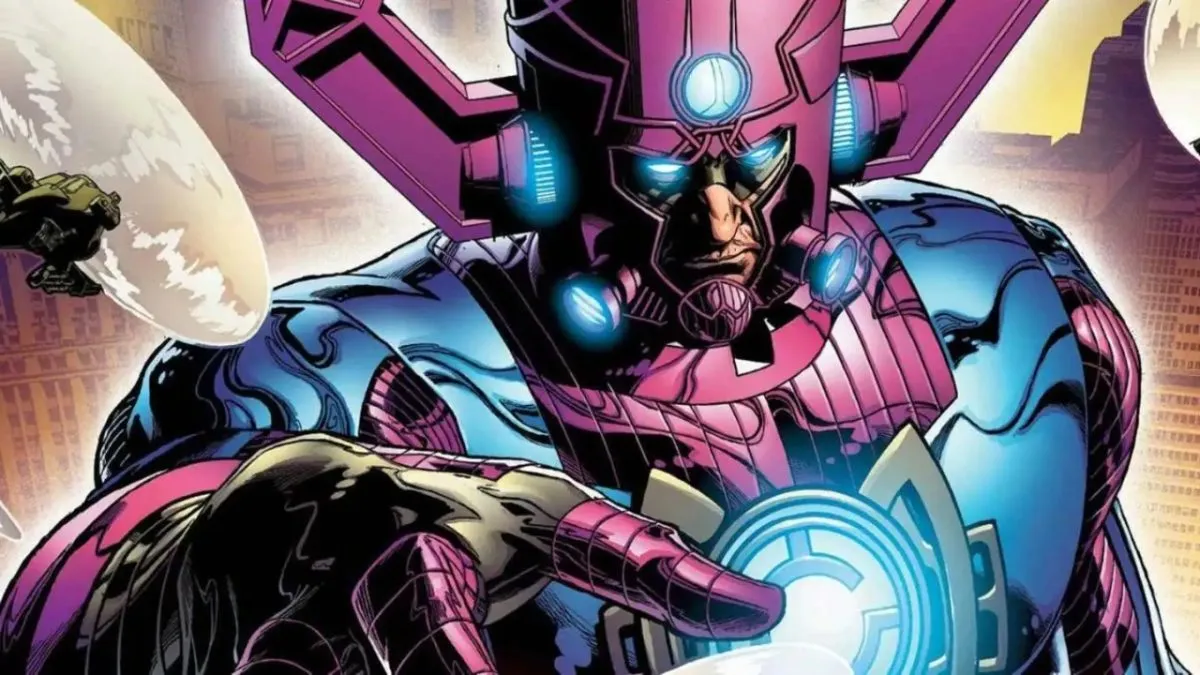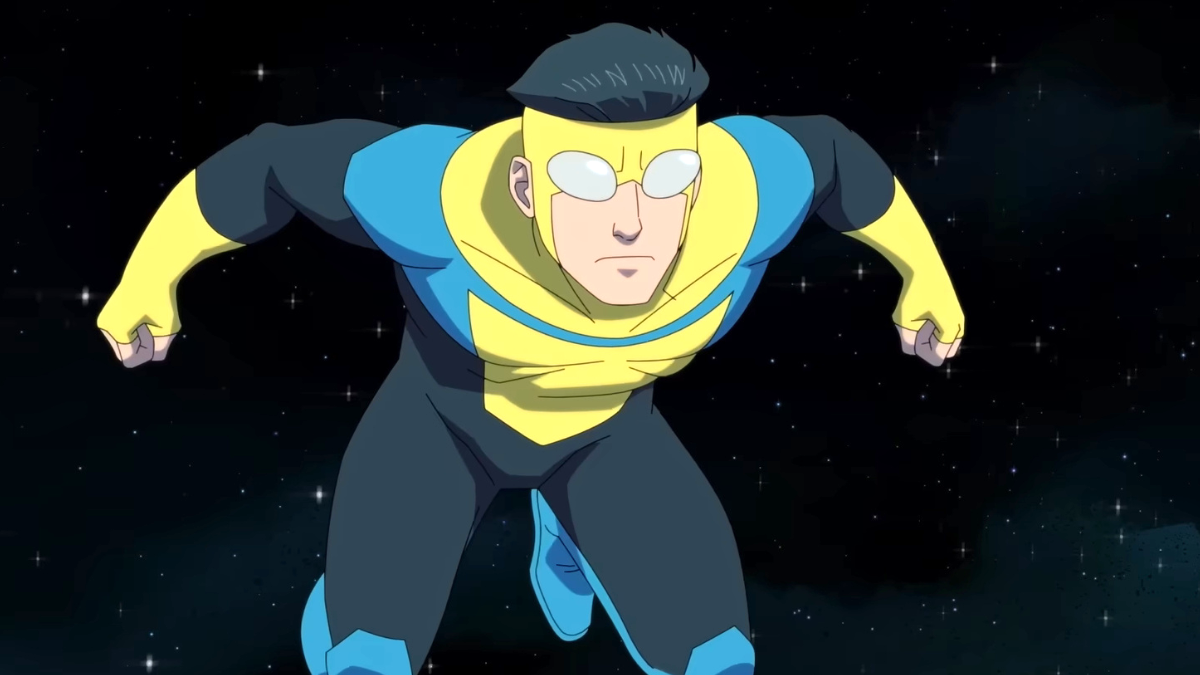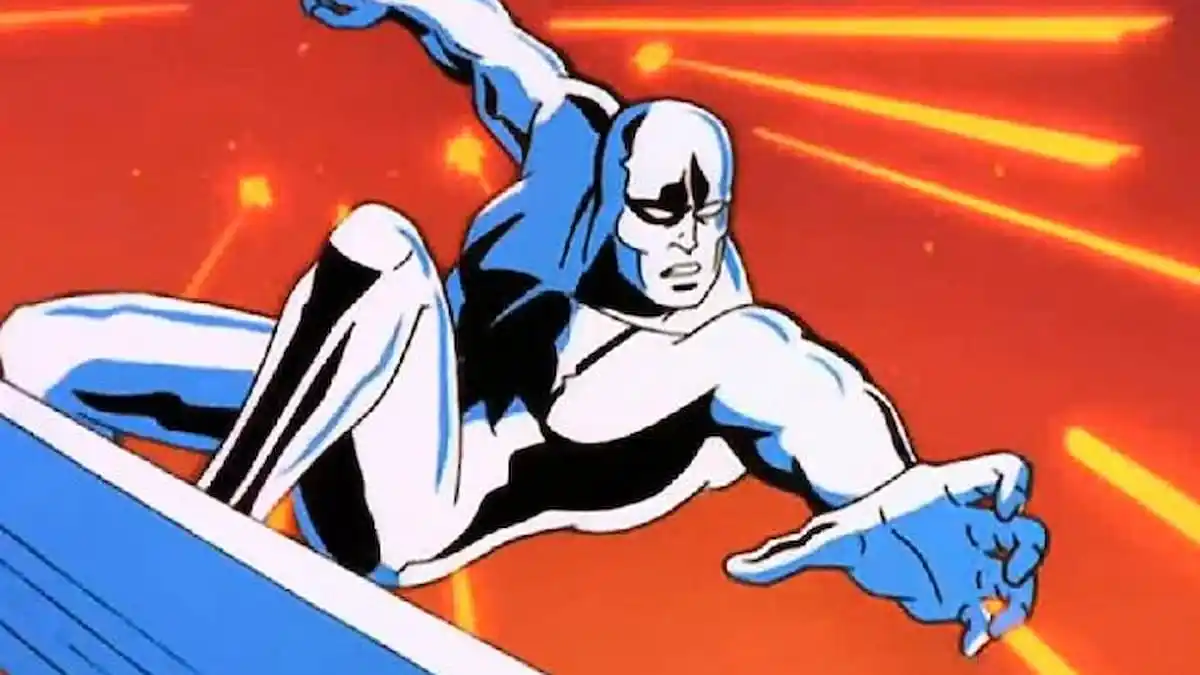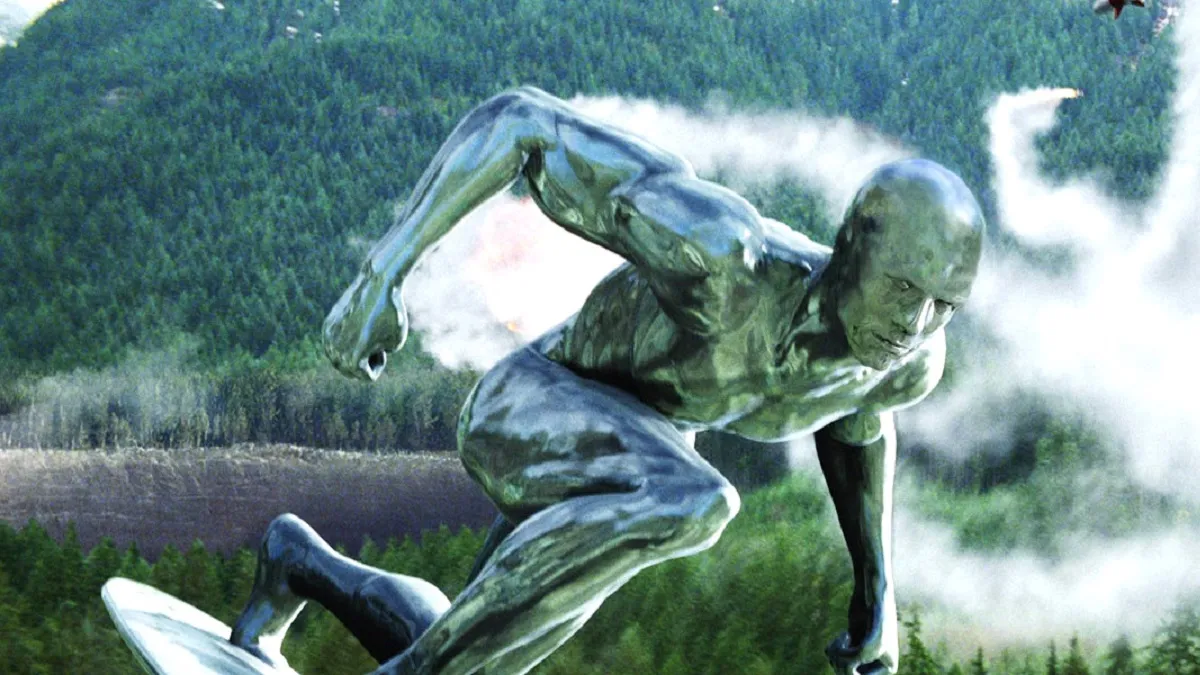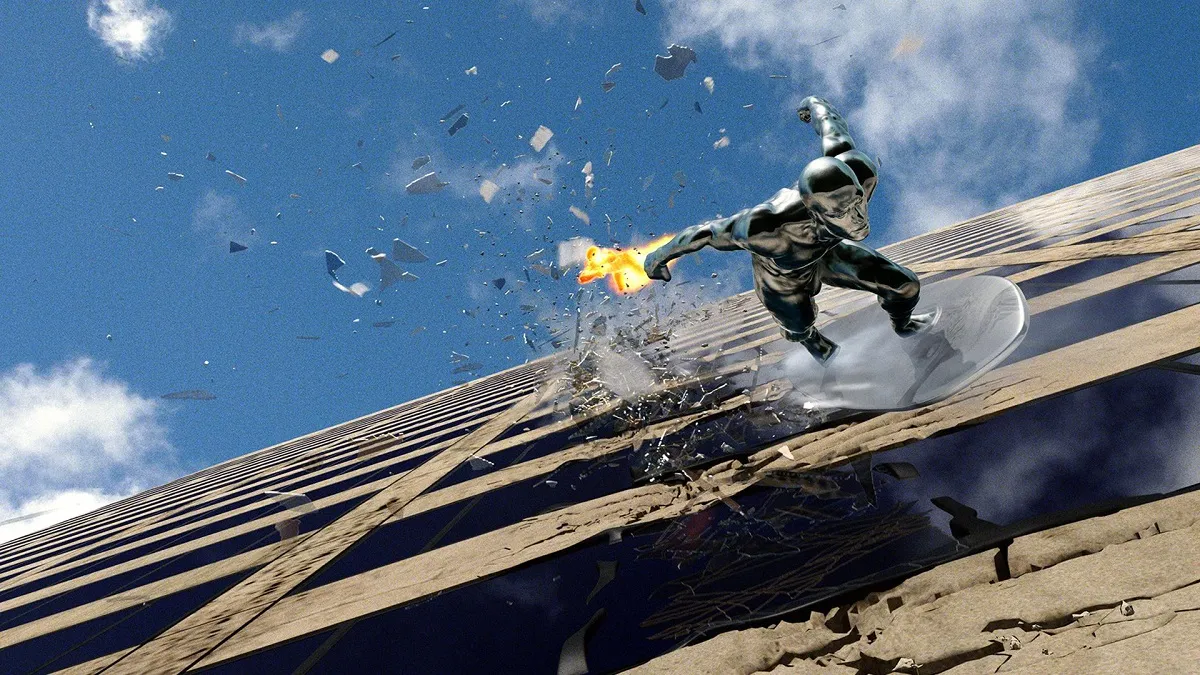With talk of reshoots and re-edits swirling around the production of Doctor Strange in the Multiverse of Madness, many fans have wondered whether a corporate boardroom with cameo mandates butchered director Sam Raimi’s original vision for the film, but the writer for the movie is coming out to clear the air.
In a recent interview with the sequel’s screenplay writer, Michael Waldron, he explained that far from the studio over-stuffing cameo mandates, much of the reshoots and re-edits were simply for the purpose of tightening up the film and making each character’s arc stronger.
When Collider inquired about the nature of re-editing Raimi’s original cut, which was 30 minutes longer, Waldron explained it was mostly out of pacing concerns, not making major changes to the general story.
“A lot of it was just tightening, is the truth. I never felt like we were doing extensive surgery on the movie. There are one or two sequences that got cut out,” Waldron said.
One of the sequences that was shortened was the writer’s own cameo in the movie. But aside from that, most of the editing-down was “trimming for pacing because the movie is a ride, ultimately,” he said.
“I think that we all felt the movie operated best when it felt like a roller coaster that launched you out at 100 miles per hour, and never really let up.”
In that same interview, Waldron explained certain buzzy cameos from members of the Illuminati weren’t added merely due to studio “mandates,” but instead were included since his very first draft of the movie.
“I was like, ‘I need some crazy shit to happen’ so I wrote that sequence in,” he explained.
What’s more, Waldron also said in a separate interview that Raimi actually pushed for a shorter runtime himself.
So for the most part, if we are to trust these reports, it doesn’t sound like any flaws with the film can be solely blamed on studio meddling, in this particular instance — that is, until we hear more behind-the-scenes stories that might lend more perspective on the situation.
Ironically, Waldron’s comparison of the movie to a roller-coaster ride eerily resembles a criticism of superhero films from Martin Scorsese back in 2019, in which he called them more like “theme parks” than “cinema of human beings trying to convey emotional, psychological experiences.”
Whether you consider it cinema or not, Doctor Strange in the Multiverse of Madness is sure as hell entertaining and playing at a theater near you.

